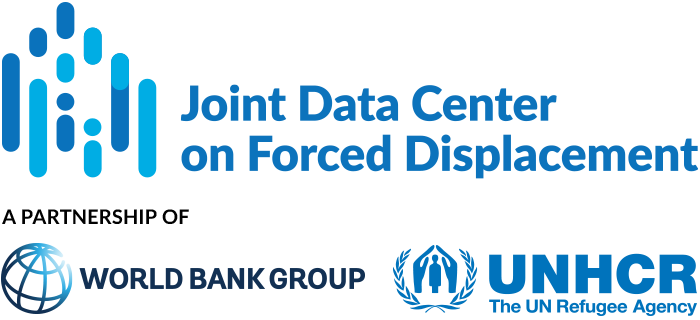This paper estimates the potential savings in humanitarian aid if Sudanese refugees in Chad are able to realize their economic potential.
JDC Literature Review
The Costs Come before the Benefits: Why Donors Should Invest More in Refugee Autonomy in Uganda
This paper examines the self-reliance of refugees in Uganda and estimates the savings in assistance resulting from their economic inclusion.
Self-reliance and Social Networks: Explaining Refugees’ Reluctance to Relocate from Kakuma to Kalobeyei
This paper investigates why refugees are reluctant to move from the Kakuma refugee camp in Kenya to the new Kalobeyei settlement.
An Adaptive Targeted Field Experiment: Job Search Assistance for Refugees in Jordan
This paper investigates the impact of active labor market policies aimed at assisting both Syrian refugees and local jobseekers in securing employment in Jordan.
Understanding linkages between self-reliance and mental health among forcibly displaced women in Colombia
This paper investigates the link between household self-reliance and mental health outcomes, specifically depression symptoms and resilience, among forcibly displaced women in Colombia.
The impact of savings-led microfinance on the lives of refugees
This paper analyses the impact of a Village Savings and Loan (VSL) program on South Sudanese refugees in Uganda.
Training Refugees: Lights and Shadows in the Context of the Self-Reliance Strategy Implemented in Uganda
This paper estimates the causal impact of training on refugees’ food security and market access in Uganda.
Is the self-reliance strategy sustainable? Evidence from assistance programmes to refugees in Uganda
This study investigates the impact of cash and food assistance on food security and self-reliance among refugee communities in Uganda.
Wage-productivity gap and discrimination against Syrian refugees: Evidence from Turkey
This article investigates the relationship between the wage-productivity gap and perceived economic and social discrimination among Syrian refugee workers in Turkey.
Remote sensing insights into land cover dynamics and socio-economic Drivers: The case of Mtendeli refugee camp, Tanzania (2016–2022)
This paper estimates the environmental impact of the Mtendeli Refugee Camp in Tanzania.


